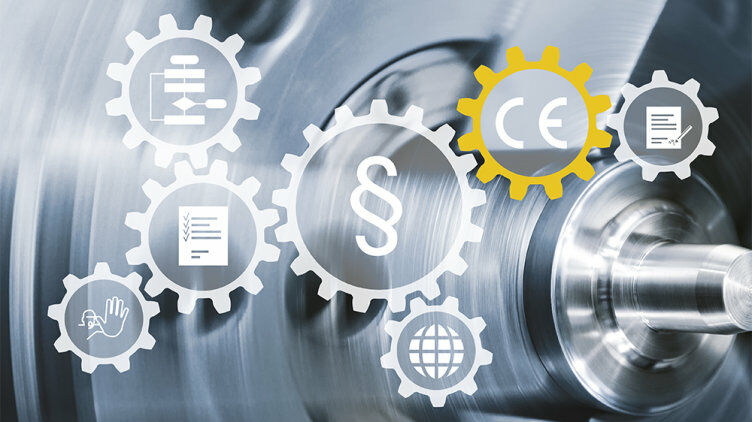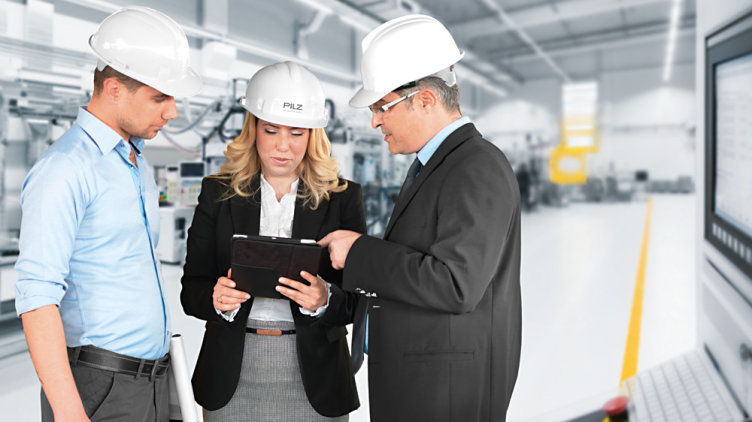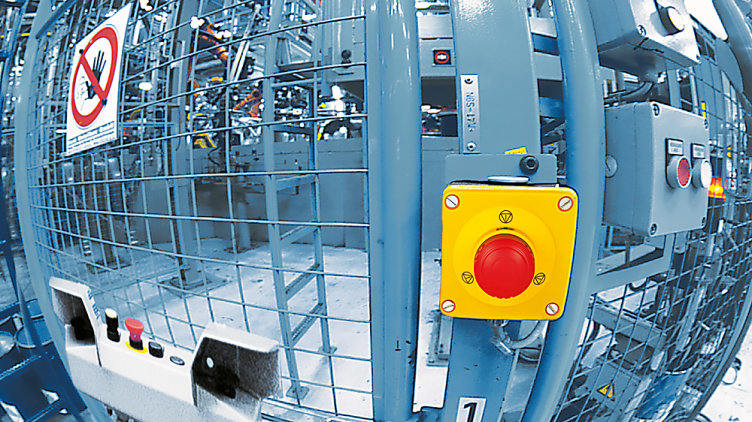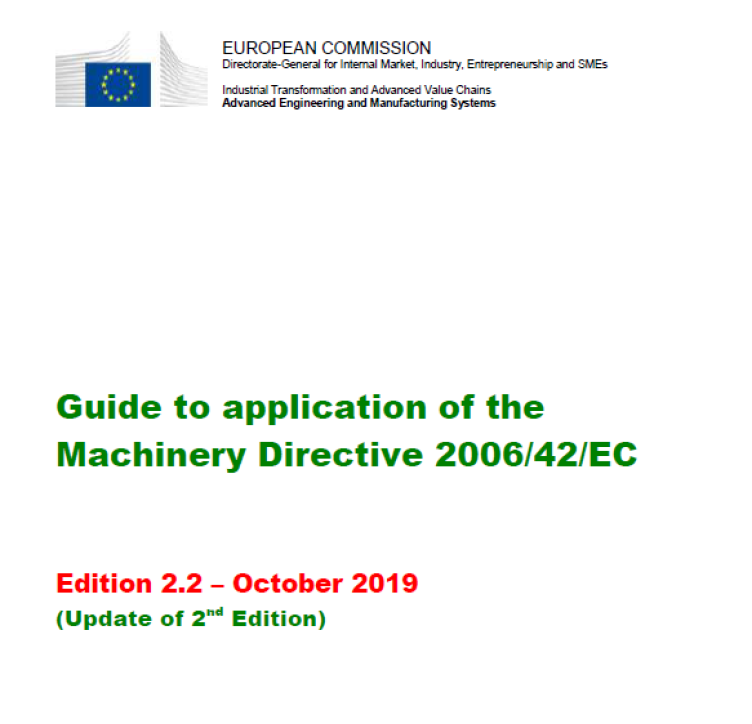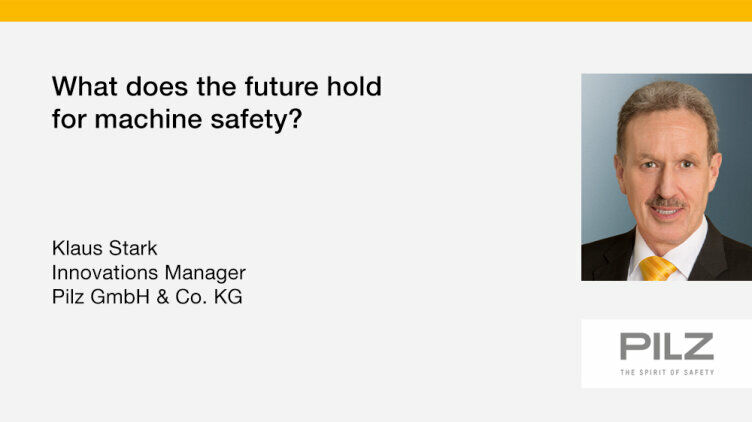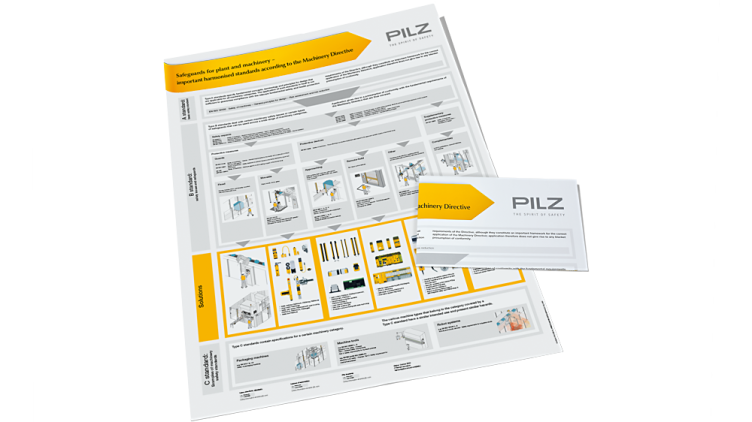What does not represent an assembly of machines?
There can be no assembly of machines under the terms of the Machinery Directive when an overall complex has individual standalone machines or subsystems that are connected in terms of function and control, but do not form a unit in terms of safety, for example. This is the case, for example, when only minor safety hazards, if any, occur at the interfaces on account of the link.
It can be summarised as follows: If there is a production-related and safety-related connection between the machines, then that constitutes an assembly of machines under the terms of the Machinery Directive. As a result, an EU Declaration of Conformity and CE marking must be prepared for the assembly of machines.
If there is no production-related or safety-related connection, then an EU Declaration of Conformity and CE marking for the individual machines is “enough”.
